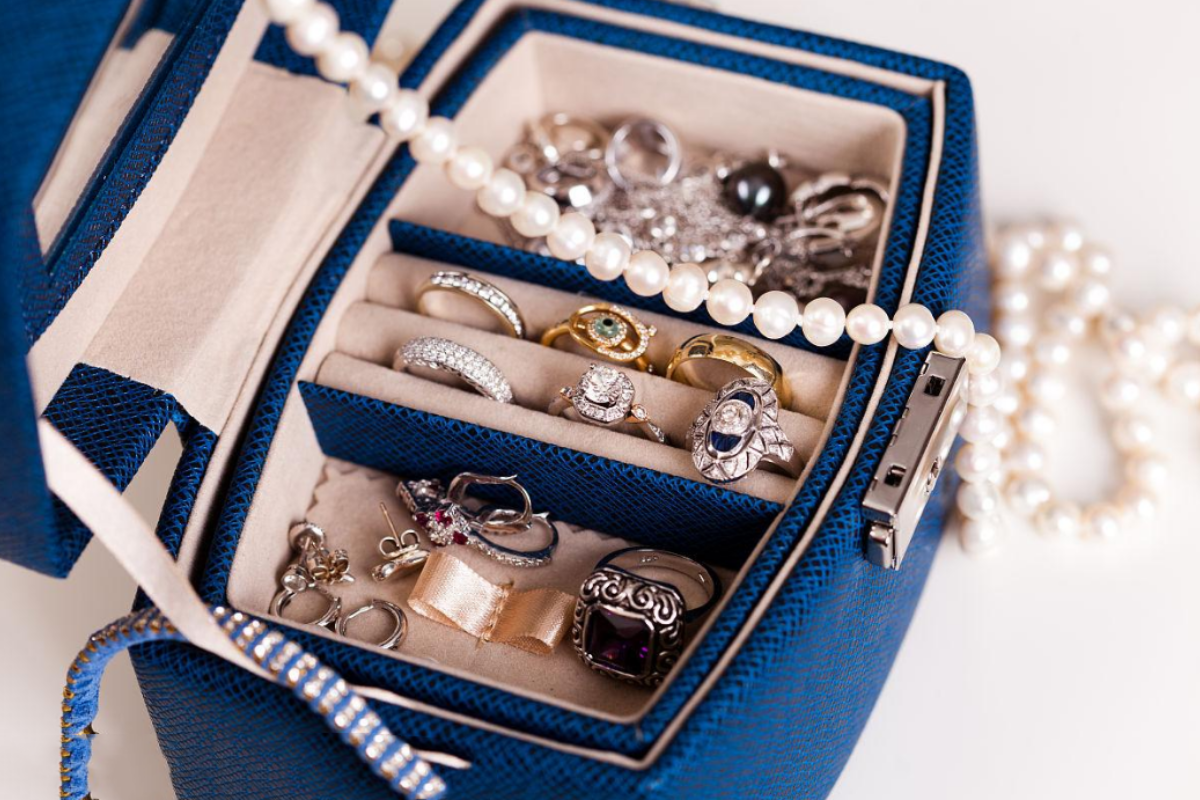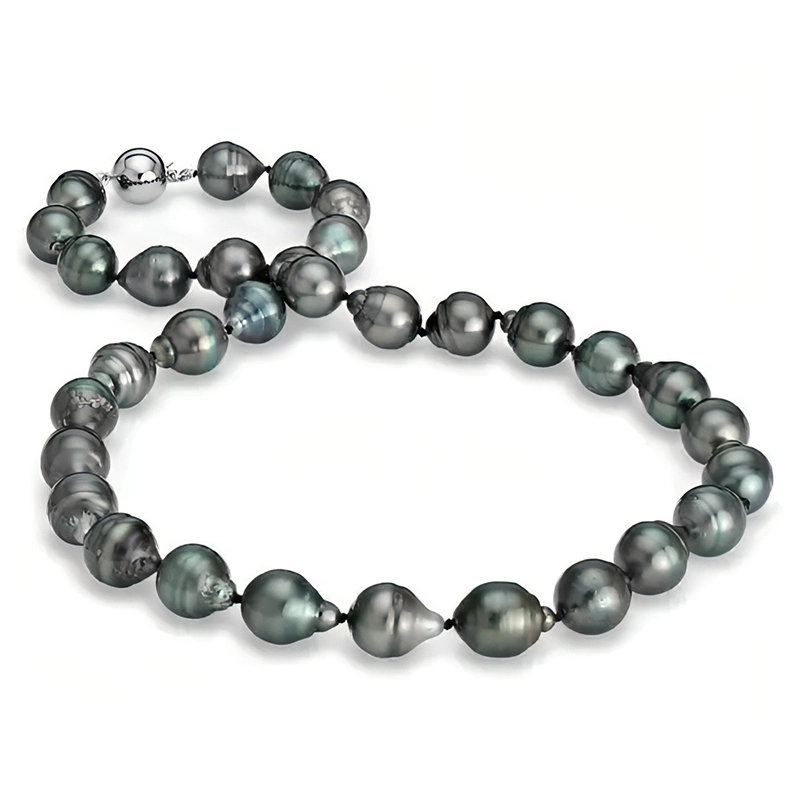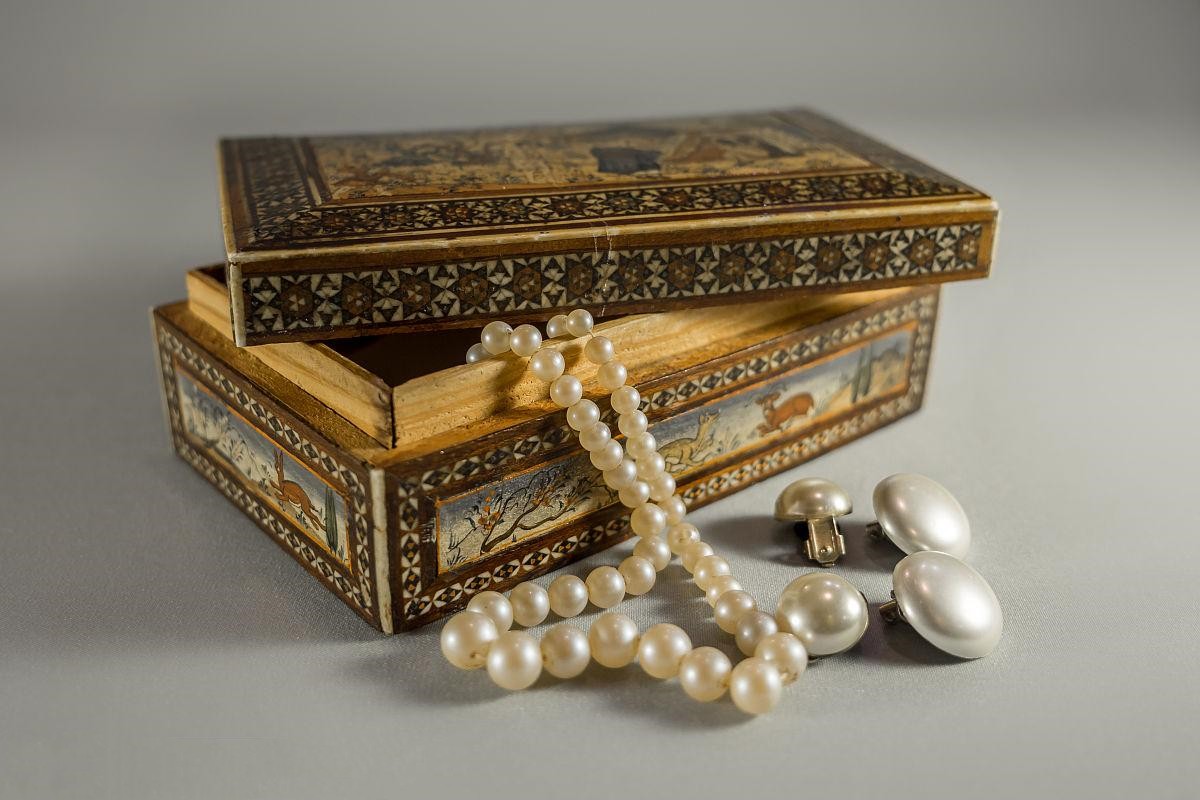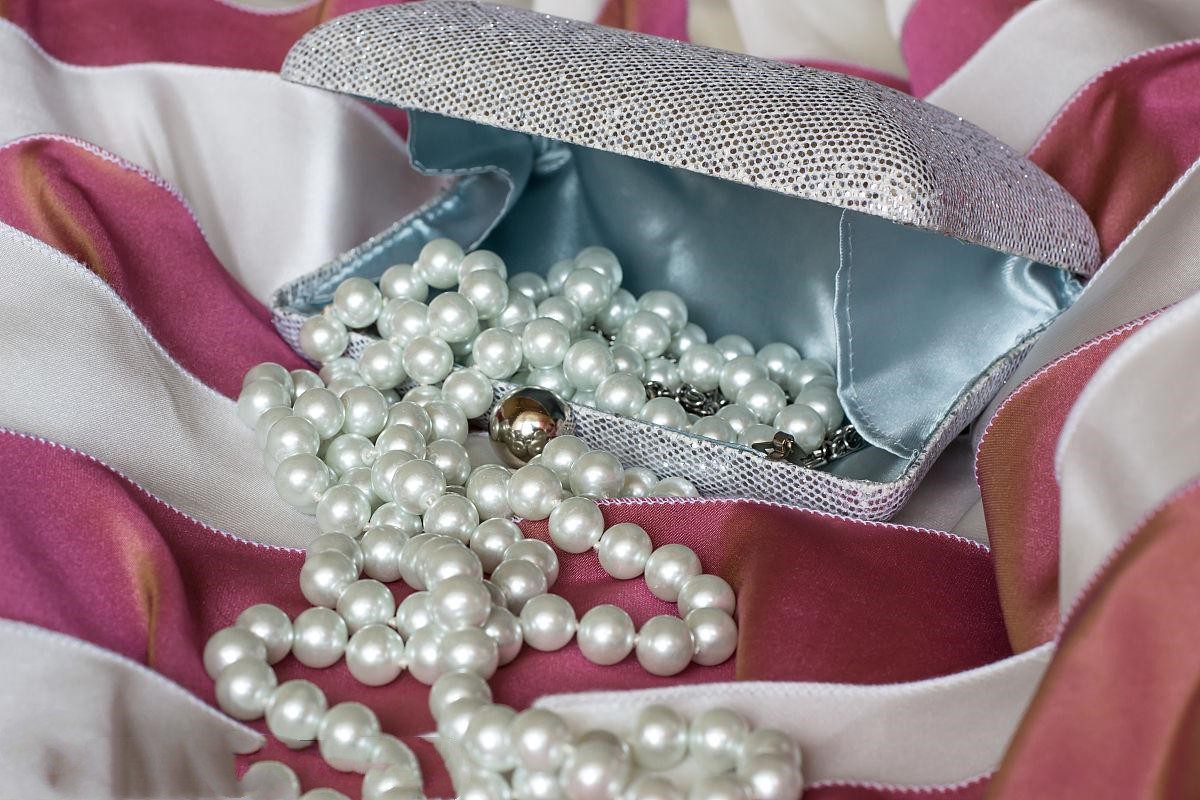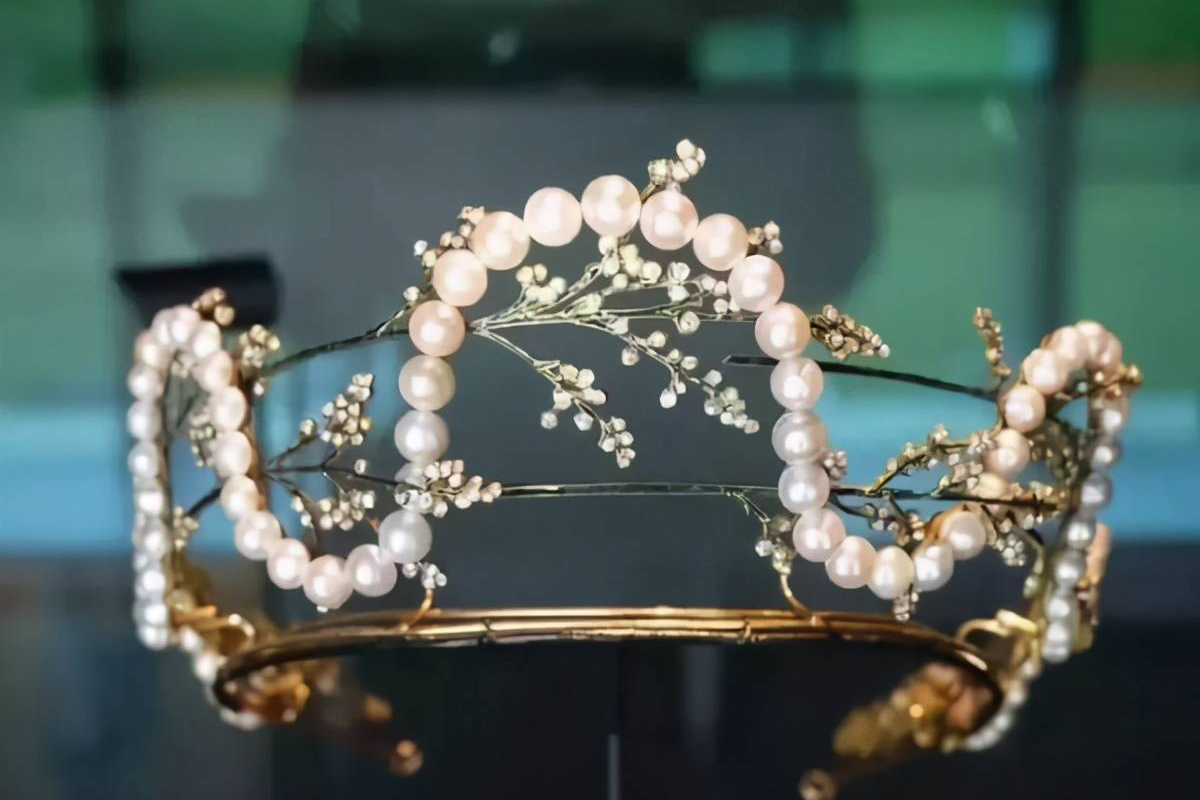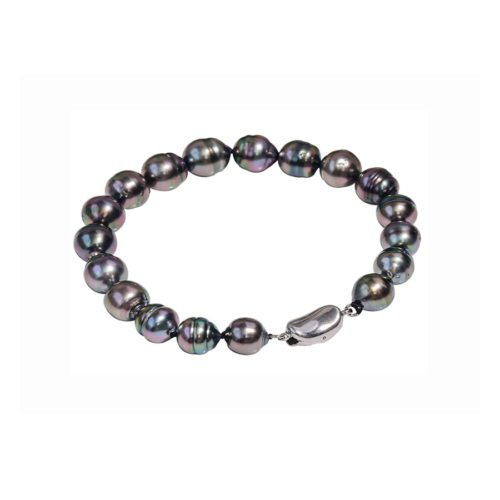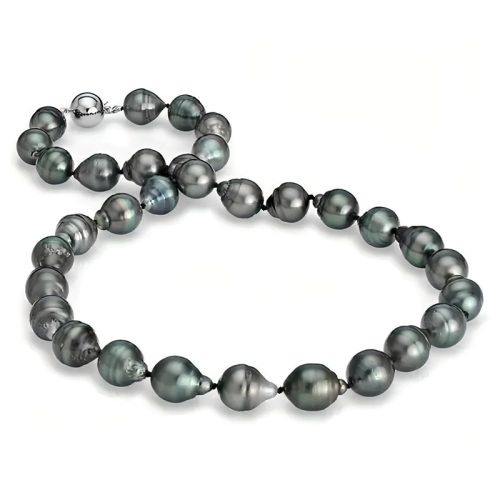Princess Diana once said, “If a woman could only own one piece of jewelry, it would be pearls.”
Pearls have a round, warm, crystal clear luster, and are elegant, soft, peaceful, and quiet, and can best highlight the graceful and elegant side of women.
Whether a luxurious pearl set or a pearl with a design that combines popular elements, it is an indispensable weapon in the jewelry box.
So, how many varieties of pearls are there?
Classification from growth environment
Pearls are divided into two categories: freshwater pearls and seawater pearls.
①Freshwater pearls:
Refers to pearls produced by freshwater mussels, which are produced in various lakes, rivers and streams. About 95% of the world’s freshwater pearls are produced in China. Common colors include white, pink, orange, purple, and other rich colors, with various shapes. Different, most are not round, few are perfect circles, and most are elliptical, oblate, rice-shaped, waistline-shaped, special-shaped, etc.
②Seawater pearls:
Refers to pearls produced from seawater shellfish, which are produced in the sea. Seawater pearls are subdivided into different types and are produced in major countries such as China, Japan, Australia, the Philippines, Malaysia, and French Polynesia. Common colors include white, gold, silver gray, translucent green and other rich colors. Seawater pearls are generally round, with a small number of oval, waist-shaped, and special-shaped pearls.
Classification based on causes
Pearls are divided into “wild” and cultured
Breeding includes nuclear-free breeding and nuclear-based breeding
① “Wild” pearls:
It can also be called natural pearls. In fact, there are basically no pearls on the market. Most of the pearls seen on the market now are cultured pearls. This is because wild pearls are produced by accidental oysters and mussels accidentally entering the sand, which stimulates the secretion of nacre to form pearls. However, This kind of pearls is uncontrollable, with a very small chance, often very small, or poorly formed, and cannot be used as jewelry. Most of them are not valuable, so no one now spends as much time salvaging tens of thousands of shells as they did in the past. Come and find. As for high-value natural pearls, they are generally larger, distinctive, and only circulated at auctions.
②Cultured pearls:
At present, what we see on the market are cultured pearls, but since 99% of them are cultured pearls, basically when people talk about pearls, they don’t deliberately add the word “cultured”. Cultured pearls and cultured chickens are The same principle applies to eggs. Eggs are real, and so are pearls. In actual culture, pearls should be cultured clams.
Most freshwater pearls are cultured without seeds. The method is to cut off a small piece of the mussel’s mantle and implant it into the mantle connective tissue of the pearl mussel to stimulate its secretion of nacre. From the cultured mussel – plant the membrane – harvest the pearls, which generally requires 3-5 years time. Most seawater pearls are nucleated. The method is to implant a round nucleus in the mother oyster and stimulate it to secrete nacre to wrap the round nucleus. Therefore, it is better to form a perfect round shape. From breeding oysters to planting the nucleus to harvesting pearls , Akoya seawater pearls generally take 3-6 years, while Tahitian pearls and South Sea pearls among seawater pearls generally take 5-6 years.
Classification from gestating mother oysters
①Triangle Clam Pearl
The main variety of freshwater cultured pearls, accounting for more than 95% of the market
②Martens oyster pearls:
That is what we often call akoya pearls. Akoya means Malovian oyster. It is small in size. 90% of the Pinctada oysters in seawater cultured pearls are Malovian oysters. This type of pearl is the most common saltwater cultured pearl on the market.
③Penguin oyster pearls:
Belonging to seawater pearls, these pearls have larger particles and are suitable for cultivating nucleated pearls or large shelled pearls. The quality is also better, but the yield is lower.
④ White butterfly oyster pearls:
It is the largest type of cultured mother oyster in the world, 30 times the size of the Mallet oyster, so it can generally breed relatively large seawater pearls. The white South Sea pearls we often hear about are produced from this oyster, with a typical diameter of 10 mm. above.
⑤Golden lip oyster pearls:
The often-heard golden South Sea pearls are produced here, and can produce golden pearls of different shades, generally above 9 mm.
⑥Black butterfly oyster pearls:
Larger in size, more than 90% are produced in Tahiti (Tahiti) in French Polynesia. The colors of the pearls produced include black, gray, blue, green, and brown. Because most of the colors are dark, people often call them They are black pearls, generally more than 9 mm in diameter.
⑦Conch Pearl:
Produced in the body of a pink conch that lives in the Caribbean, the beads are usually pink, with white or brown in the middle. They have unique flame-like surface marks. The high-quality shape is usually oval, symmetrical on both sides.
⑧Abalone pearls:
Abalone pearls: Pearls produced in the body of abalone are brightly colored, just like the colors of opals, with combinations of green, blue, pink, yellow and other colors. They come in different shapes. Abalone pearls of extremely high quality are highly valuable.
Other mother-of-pearls that produce different kinds of pearls include crepe-crested clam pearls, pearl oysters, broad pearl oysters, turbid clams, pond butterfly clams, etc., which are not widely used or representative because they are not widely used. , will not be described in detail.
Of course, the “types” of pearls we usually hear are not types in the strict sense, because some are named according to the breeding environment, some according to the shellfish, and some according to the region. They are just a kind of consumption perception classification. Due to their widespread use, consumers generally recognize and understand the name category of pearls.
① Freshwater pearls (named according to the growing environment):
Mainly produced in spinnaker clams, 95% of freshwater pearls are produced in China and are also the most popular varieties on the market. Due to their wide range of sizes, generally 5-11 mm, new freshwater pearls can reach 11-16 mm, with rich colors and shapes. White, pink, orange, purple, with prices ranging from low to high, giving consumers many personalized choices.
② Akoya pearls (named after the shellfish they grow in):
Belonging to the main type of seawater pearls, they are also generally called akoya seawater pearls. They are mainly produced in Malovian oysters and are generally produced in Japan and China. The diameter is small, generally between 5-9 mm, and there are very few more than 9 mm. Most of them are perfect circles, and the colors are usually white or gold.
③Tahitian pearls (named according to the growing area):
Belonging to seawater pearls, 95% of Tahitian pearls are produced in French Polynesia. The largest island is called Tahiti, hence the name Tahitian pearls. They can produce various dark colors, silver gray, gray Black, green, blue, brown and other colors are often called black pearls.
④South Sea pearls (named according to the growing area):
They are seawater pearls, mainly produced in the South Pacific waters, such as the northern coast of Australia, the southern waters of Malaysia and the Philippines, etc. They generally produce white and light to dark golden pearls.
10.0-12.0mm Tahitian Baroque Pearl Necklace
Original price was: $2,599.00.$2,299.00Current price is: $2,299.00.
12% Off
10.0-11.0mm Tahitian Baroque Pearl Necklace
Original price was: $2,199.00.$1,899.00Current price is: $1,899.00.
14% Off
9.0-11.0mm Tahitian Baroque Pearl Necklace
Original price was: $1,599.00.$1,299.00Current price is: $1,299.00.
19% Off
8.0-10.0mm Tahitian Baroque Pearl Necklace
Original price was: $1,099.00.$899.00Current price is: $899.00.
18% Off

